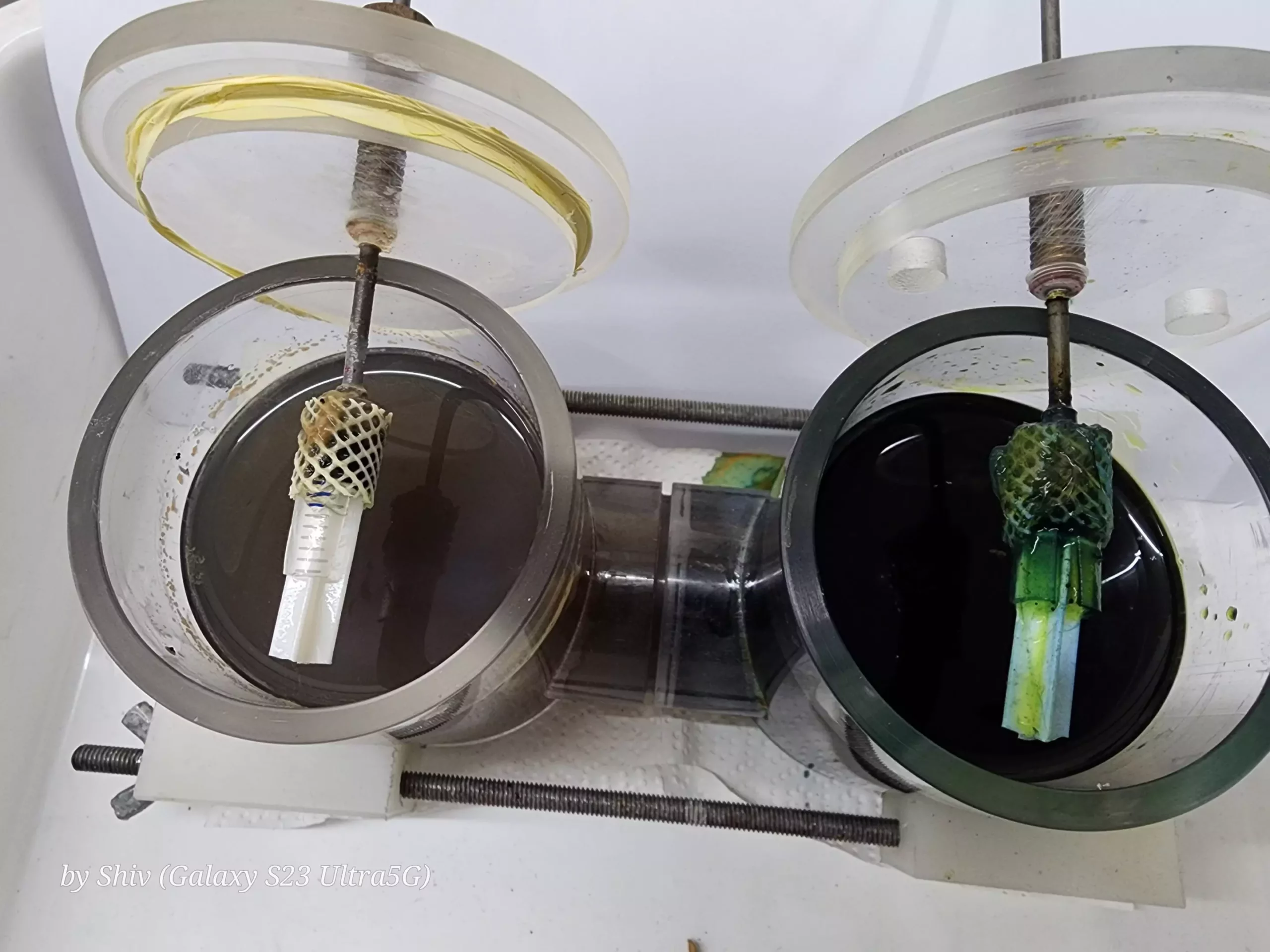The modern world is at a pivotal juncture where waste, once perceived as merely a nuisance, can become a cornerstone for innovative energy solutions. As environmental challenges intensify, the demand for sustainable technologies has never been greater. Microbial fuel cells (MFCs) are emerging as a groundbreaking response to these challenges by transforming organic waste into electricity, offering a dual solution for both energy production and wastewater treatment. Recent research published in the Chemical Engineering Journal sheds new light on capacitive MFCs, marking a significant advancement in this domain.
Microbial fuel cells work through bioelectrochemical systems that leverage the metabolic processes of microorganisms. These tiny entities, primarily bacteria that thrive in wastewater, perform the remarkable task of converting waste into a usable energy source. The exploration of MFC technology has gained momentum, particularly with the introduction of advanced materials that enhance their performance. A striking example comes from recent experiments that utilized spherical capacitive NiO-N-CNF/ACB electrodes, marking a significant leap in MFC efficiency.
The introduction of these specialized electrodes yielded impressive results. Researchers reported an open-circuit potential (OCP) of 0.8 V and a power density of 2,900 mW per cubic meter—figures that inherently signal remarkable potential for effective energy generation from organic waste. These parameters suggest not just a quantifiable improvement but also a qualitative transformation in how we perceive energy capture in wastewater settings.
The effectiveness of the NiO-N-CNF/ACB electrodes can be attributed to their remarkable structural and functional characteristics. These electrodes excel in promoting electroactive biofilm development—an assemblage of bacteria that significantly enhances electron capture. A thicker biofilm equates to more bacterial activity and, ultimately, a more efficient energy yield. This process is analogous to stacking batteries in a circuit to amplify power output.
The singular properties of these electrodes promote not only electrical generation but also facilitate the reduction of wastewater’s chemical oxygen demand (COD)—a critical measure of organic pollutant levels in effluents. The research indicated an exceptional 74% reduction in COD levels, underscoring the dual benefit of energy generation while enhancing water quality.
The synthesis of NiO-N-CNF/ACB electrodes employs suspension polymerization, a novel method that engenders a porous, fixed-packed electrode capable of optimizing interactions with wastewater. With an extensive surface area, these electrodes capitalize on the presence of electrogenic bacteria, thereby forming an electrochemical double layer that fosters enhanced electricity generation.
A key ingredient in this process is nickel oxide (NiO), which synergizes with graphitic carbon nanofibers (CNF) to facilitate seamless electron transfer from the wastewater to the anode. Such a catalytically rich environment is pivotal for maximizing energy output, supported further by the biocompatibility of these materials with existent bacterial communities.
MFCs present a compelling approach to tackling two pressing global issues: sustainable energy generation and effective wastewater treatment. The 74% reduction in COD translates to cleaner effluent, which holds profound implications for ecosystems and human health alike. This dual-functionality positions MFCs not merely as energy collectors but as vital components in environmental management strategies.
Moreover, the research delves into the underpinning biology that contributes to MFC efficiency. The biofilms formed by specific bacterial species such as Raoultella ornithinolytica and Serratia marcescens are crucial for the system’s functionality. These bacteria enhance both electron capture and waste breakdown, creating a tightly integrated network that accelerates treatment processes.
As we envision the future of energy, the role of MFCs cannot be overstated. The potential to harness waste streams as energy sources opens the door to self-sustaining wastewater treatment facilities; places that no longer merely dispose of waste but actively generate energy. As the research community continues to enhance MFC technology, the prospects for even greater efficiency and scalability encourage a re-imagination of current waste management and energy production practices.
The advances achieved using NiO-N-CNF/ACB electrodes signal the beginning of a broader exploration into materials and system design refinements that could lead to even more robust MFC technologies. The quest for cleaner energy solutions is ongoing, and with continued innovation, microbial fuel cells stand at the forefront of this critical dialogue.
MFCs, powered by innovations like the NiO-N-CNF/ACB electrodes, herald a new era in how we approach waste and energy generation. As we seek sustainable solutions, the perspective that waste is a valuable resource to be utilized rather than discarded reshapes our understanding of environmental stewardship. The synergy between cleaner energy production and effective wastewater treatment is not just a scientific advancement; it’s a holistic approach to sustainability that could redefine our future. As the research progresses, we move closer to a world where the barriers between waste management and energy production dissolve, creating opportunities for a more sustainable and efficient tomorrow.


Leave a Reply